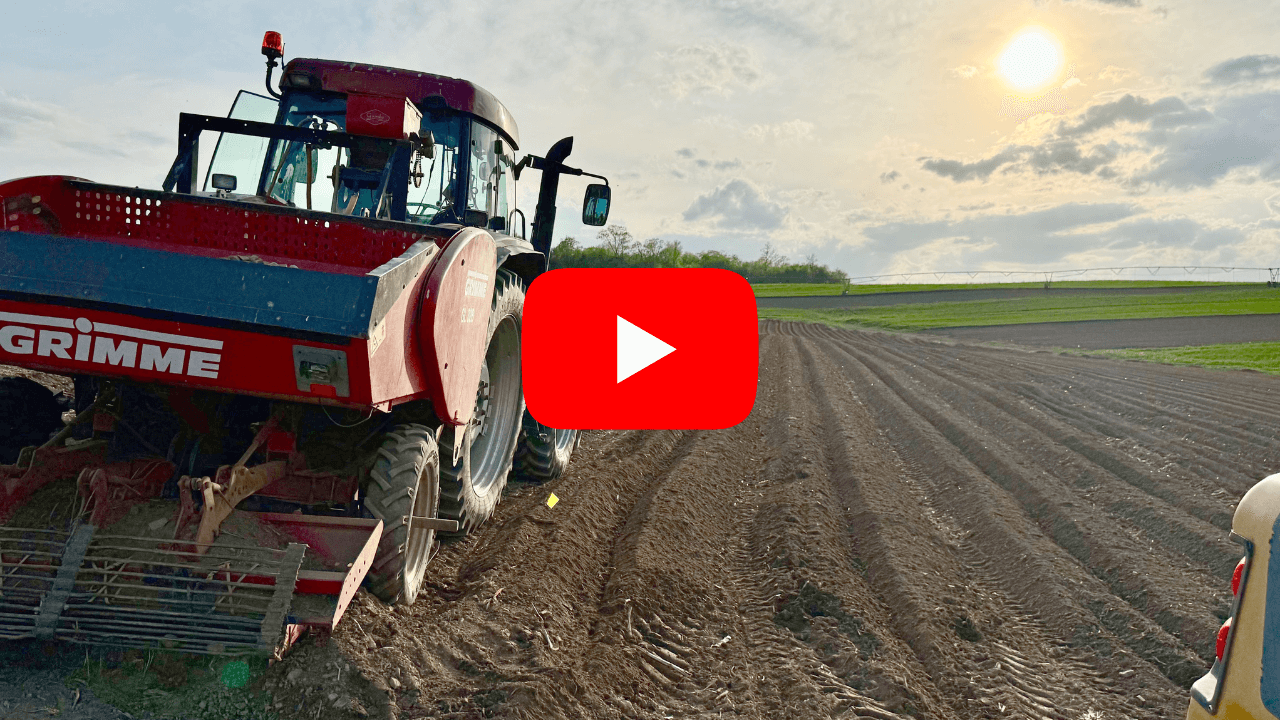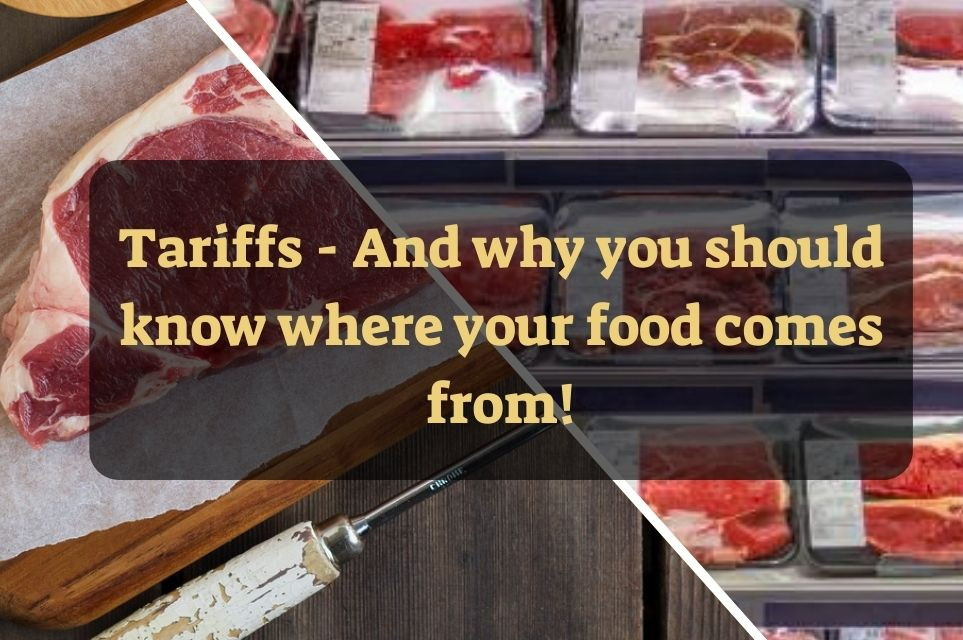Conventional AND Organic: Why We're Growing Potatoes Both Ways
posted on
August 23, 2022
We won’t lie to you. Potatoes are a tricky crop. In order to get a high yield of well developed potatoes, you need fertile, well drained soil with lots of nutrients and minimal weeds. You also need to control the risk of disease.
Beyond yield, if you’re anything like our family, you also want to raise a crop that's nutrient rich and healthy for the people eating it.
Chemical herbicides, pesticides, and fertilizers can accomplish the first set of goals. But complying with the requirements of organic certification seems better for the second. Farmers all over the country face this difficult decision.
At Red Hill Harvest, we’ve landed on raising a mixture of organic and non-organic potatoes. That said, the certification status alone doesn’t tell the whole story of our potatoes.
What is an organic potato?
Organic potatoes are grown following a strict set of protocols. To be certified organic, the potatoes must be grown without synthetic fertilizer, chemical weed control, or synthetic pesticides. Additionally, farmers must do crop rotation between potato crops in order to control pathogens that can end up in the soil.
In order to make sure that the organic potatoes grow properly, farmers use cover crops to prevent weeds and increase nitrogen levels in the soil. They also use natural fertilizers like compost and animal manure.
At the end of the day, the organic certification is more about what you can’t do (synthetic fertilizer, weed control, and pesticides) than what you can do. Our organic program doesn’t necessarily look the same as any other farmer’s.
Red Hill Harvest Organic Potatoes
Our organic potato program started three years ago when we purchased a piece of property that had been in the conservation reserve program for 25 years. It was immediately eligible to be certified organic, so we decided to try growing some organic potatoes. We also used some of the land for grazing and liked what we saw from the natural processes. The practices that keep the soil organic are changing it for the better.
For our family, organic potatoes are less about the official certification than the commitment to natural processes and keeping the soil healthy.
Red Hill Harvest Organic Yellow Potatoes
What is a conventional potato?
A conventional potato is one grown without having to follow the requirements of the organic certification. Farmers can use synthetic fertilizers, herbicides, and pesticides on conventional potatoes.
Even more so than with organic potatoes, there is a wide range of ways that conventional potatoes are grown. Our conventional potato growing practices look nothing like those of the giant farms providing potatoes to the supermarket.
Red Hill Harvest Conventional Potatoes
We focus on a more natural approach to growing conventional potatoes. It’s better for our soil and our health. We grow cover crops ahead of the potatoes to increase soil health. Then, we use a mixture of animal manure and natural fertilizer for the majority of our soil enhancement program. Only 10-20% of the fertilizer used on our conventional potatoes is synthetic.
We also seriously limit our use of synthetic herbicides and pesticides. Does it mean that we have a few more weeds poking through? Yes, but it also means that we have less soil disturbance.
We particularly limit our use of fungicides, which are fine on the plants but run off into the soil and harm healthy fungal matter. Plus, our healthy soil leads to healthy plants that need less fungicide to begin with.
Overall, we use a quarter of the synthetic fertilizer and less than half the amount of herbicides and pesticides that you would find in a regular conventional system. The herbicides and pesticides that we do use are to treat a few key pain points that impact our yield, namely weed control and certain insect pests that we haven’t been able to manage otherwise.
Our overarching goal is to center the natural processes on our farm. We use the same soil health strategies for our organic and our conventional potatoes and try to limit synthetic inputs to the minimum necessary for a strong yield.
We follow the model of our grandfather. He had to haul synthetic fertilizer thirteen miles with a team of mules in order to use it, so he didn’t use much. He saw a benefit to using a bit of synthetic fertilizer in key places, but the vast majority of his system was reliant on natural processes. We are trying to do the same.

Red Hill Harvest Conventional Yellow Potatoes
Why grow both conventional and organic potatoes?
Growing both kinds of potatoes certainly isn’t the easiest path. We could get a much higher yield if we were entirely farming conventional potatoes. And we could get higher profits per potato if we were farming entirely organic.
However, our mission is about feeding our community, not just getting the highest yield or the highest profits. We know that some people will only purchase organic potatoes, but that others can’t afford the higher prices.
We also know that our conventional potatoes are much higher in health and quality than what you find in the grocery store, which is why it’s important that we make them available.
Now that you know exactly how your potatoes are grown, you can choose for yourself which variety to purchase. Besides, no matter what you choose, any Red Hill Harvest potato will be a step above the rest.
Purchase the best potatoes today.
P.s. If you want to learn more about how we grow potatoes click the link below and see how we cut seed potatoes in the spring!
Watch: Cutting 2022's seed potatoes






